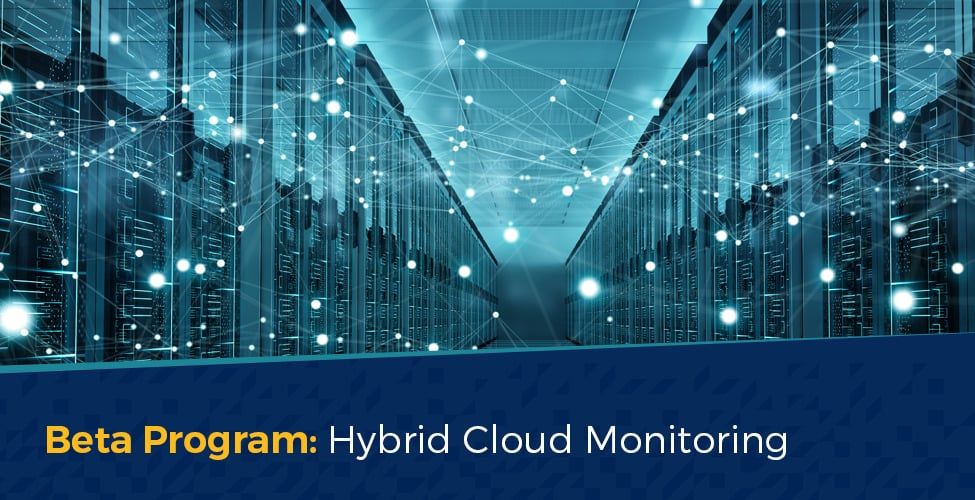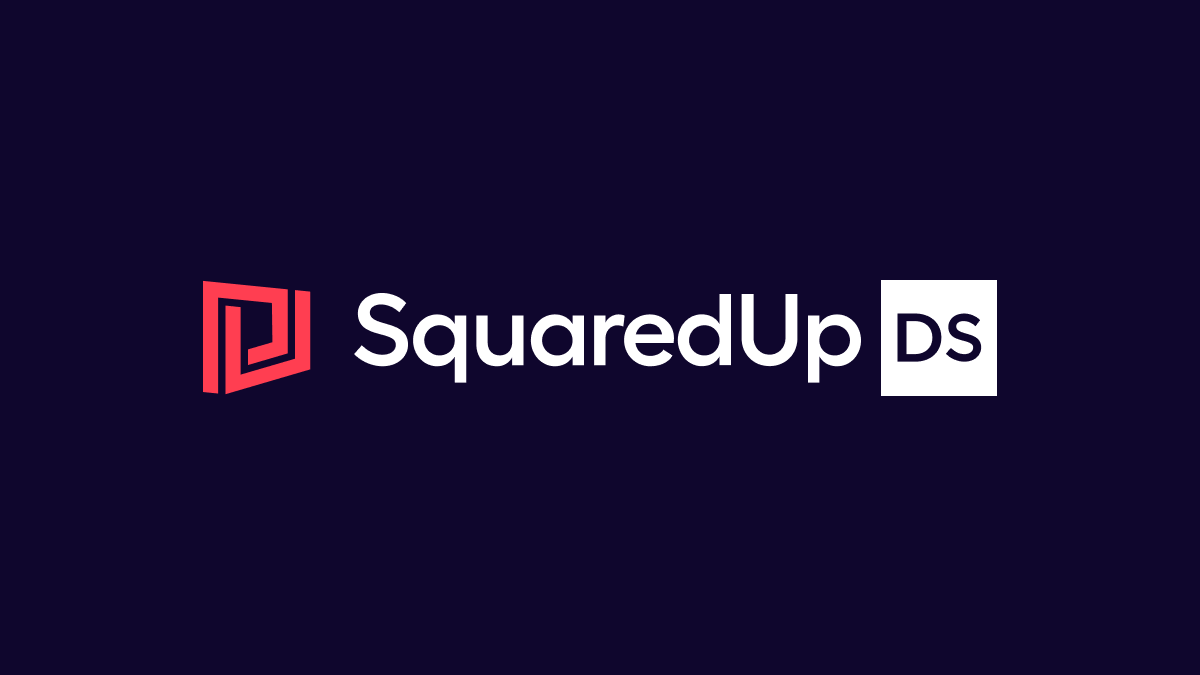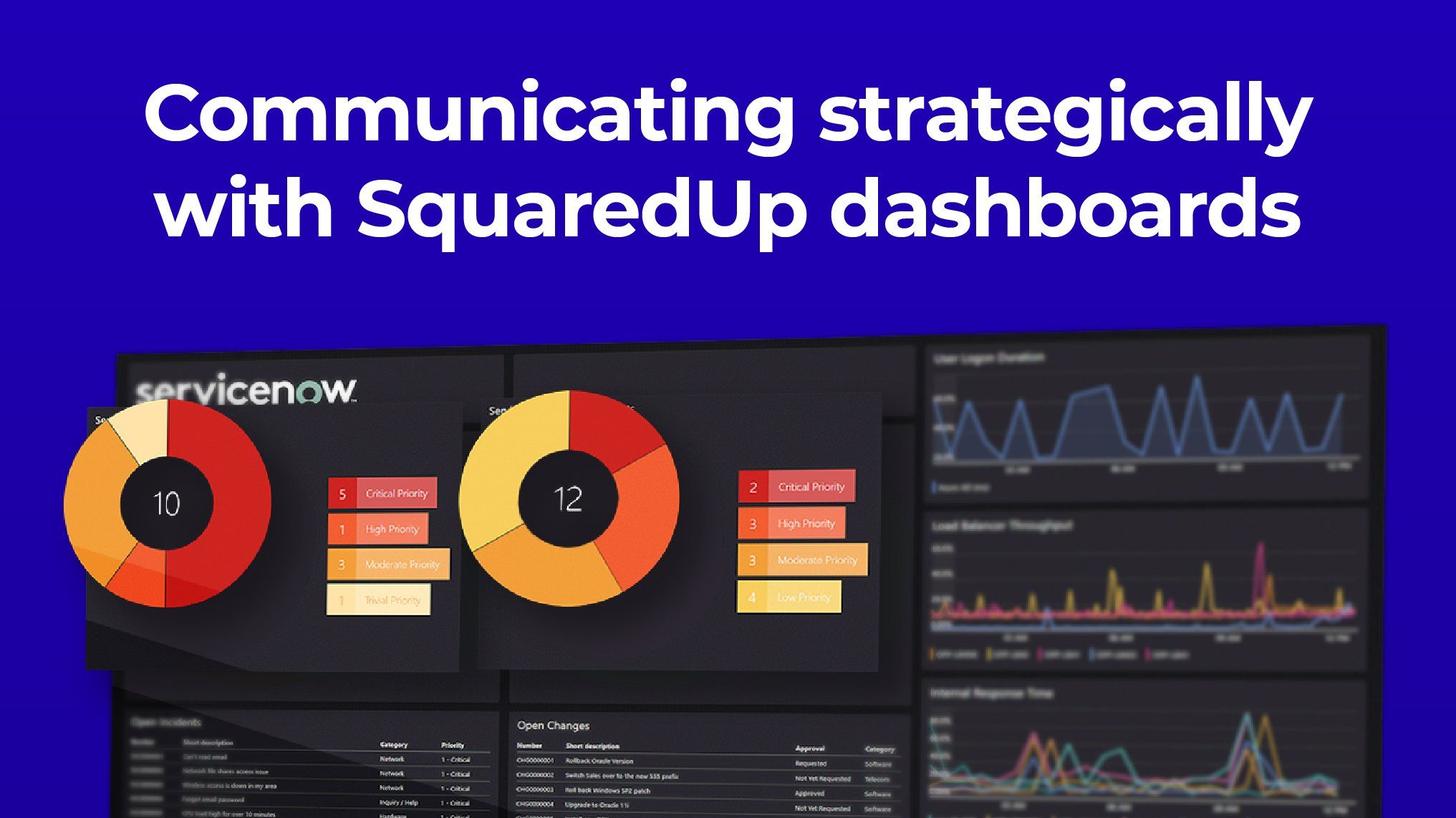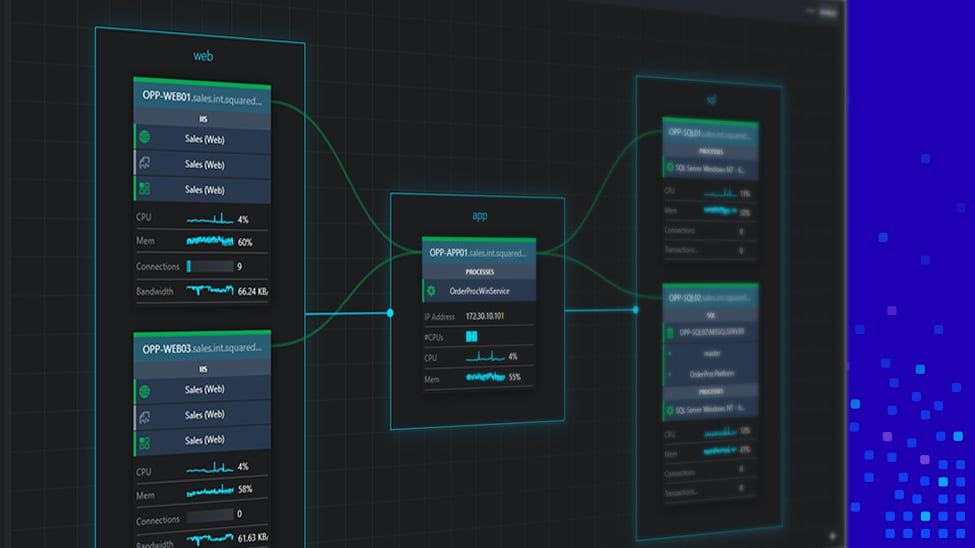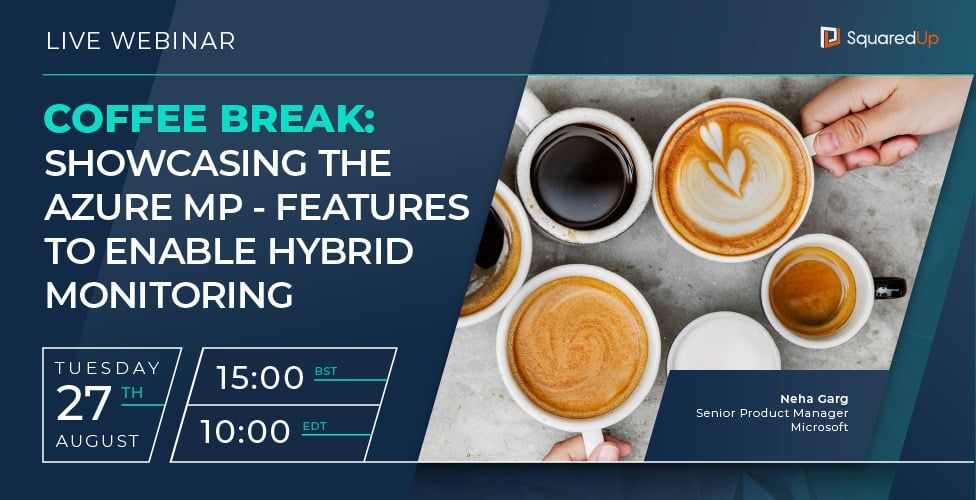
Checklist: Plan your hybrid cloud monitoring strategy
Are you planning a hybrid cloud monitoring strategy? Our checklist walks through six essential steps to success.
1. Understand the business strategy and your role in it
You monitor to support the end user. Take a walk in their shoes and understand what they need from IT and the role which monitoring plays in the delivery of IT services. Talk to your DevOps colleagues and see how they’re spinning up and tearing down VMs on a regular basis. Your monitoring tools will need to quickly discover these VMs and report on their performance. Walk further down the corridor to the virtualisation and server teams. Their managers are asking them to ‘lift and shift’ large numbers of VMs up from the private to the public cloud. Can your tool monitor the hybrid cloud as they transition the estate? The pace of IT change is increasing, and monitoring needs to keep up with it.
2. Keep users engaged with a centralised monitoring solution
Some teams will move forward faster than others. Perhaps the application test team will begin to find that your centralised monitoring solution doesn’t give them feedback they need, at the speed at which they ask for it. They might start to use their own monitoring tools – which leads to data silos. Fear not, you can keep centralised monitoring relevant - if you use your tool to build custom dashboards which are meaningful and actionable for end users. In a hybrid cloud environment, this means delivering information such as subscription usage, on a dashboard, straight to budget holders.
3. Show everything on one screen
You’ll be monitoring more data from more sources as you move towards the hybrid cloud. If you’re not careful, you’ll end up creating reports which force you and end users to look across multiple browser windows. To keep users engaged, show them everything they want on a single screen. That could include SQL data from an on-premises data warehouse, alongside log data pulled in from Splunk via a webAPI, or ITSM data from Service Now. It’ll be even better if you can show all that data in the context of application performance.
4. Monitor applications, not infrastructure
Your business doesn’t care about servers and disks. It wants to know if the payment processing application is performing well. You’ll need to monitor your entire hybrid cloud estate to show if applications are available and running well for end users. And if they’re not, then your monitoring tool should allow you to map your applications and find the root cause of the issue.
5. Figure out what you need to monitor in the public cloud
Now we’re getting into the nitty-gritty. As your business moves into the public cloud, you will be monitoring types of data. Your managers will want to see real-time usage cost. They fear operational costs spiralling due to the ease of expanding usage. You’ll want to build metrics which show billing charges from the past and the present. If you set up alerts to monitor bumps in demand, then you could save your business significant amounts of money.
6. Help to choose public cloud services
You’ll want a seat at the table when stakeholders are choosing public cloud solutions. It will make your life easier if they integrate with your existing monitoring tools. It’s common for businesses to use multiple public cloud providers, so keep an eye out for any proposed strategy changes. Make sure that monitoring’s voice is heard early – once a company chooses a solution it is difficult to switch providers.
Wrapping up
Do you use Microsoft SCOM as your hybrid cloud monitoring tool?
Are you looking to monitor Azure and AWS VMs along with your private infrastructure?
Look no further – SquaredUp can do just what you need.
